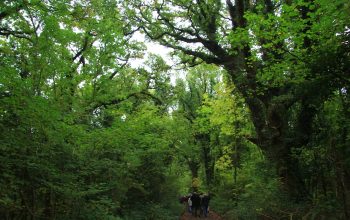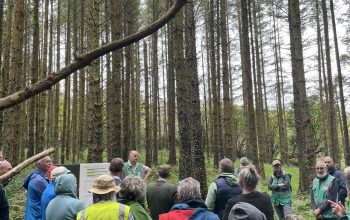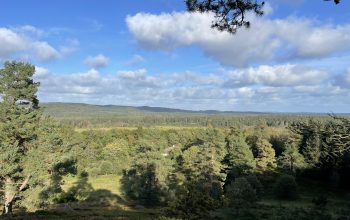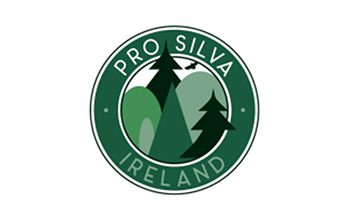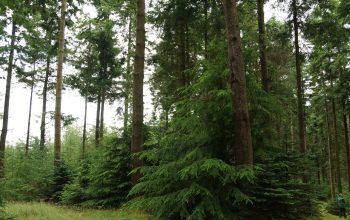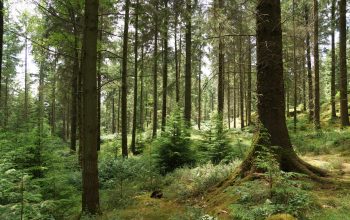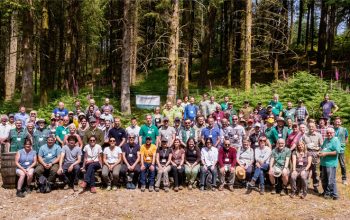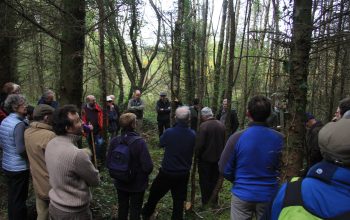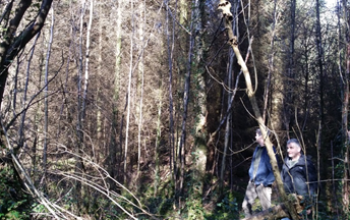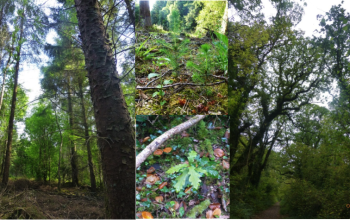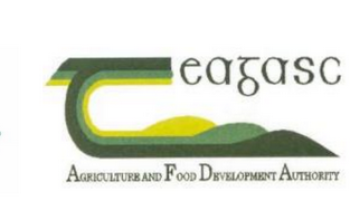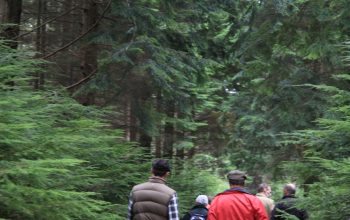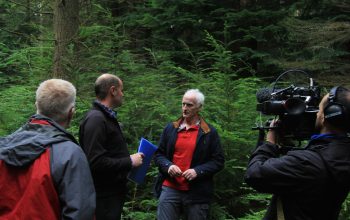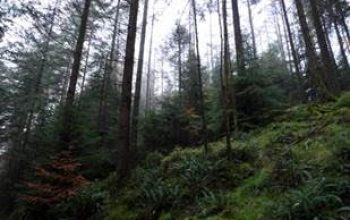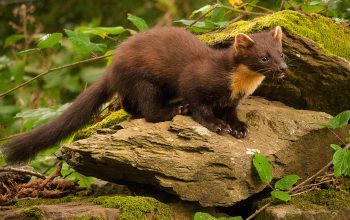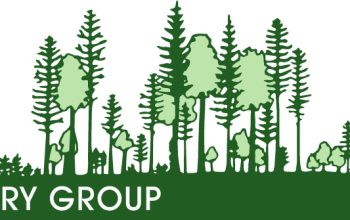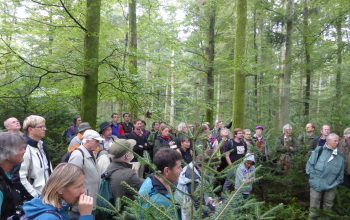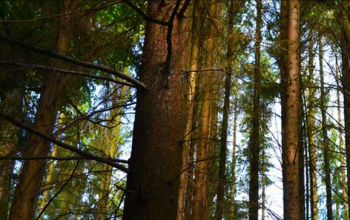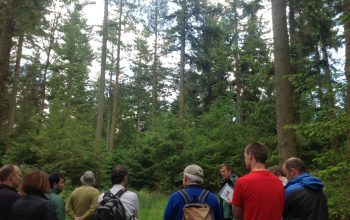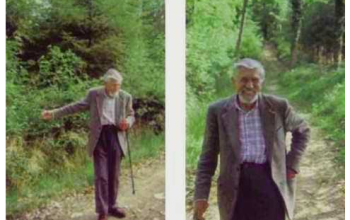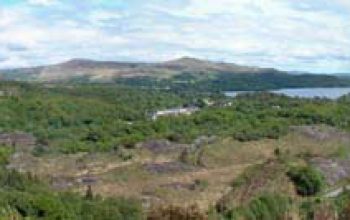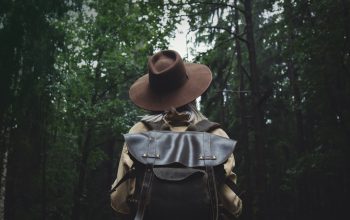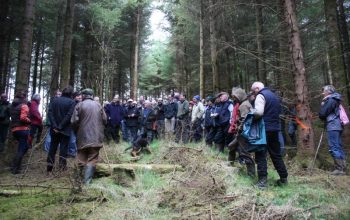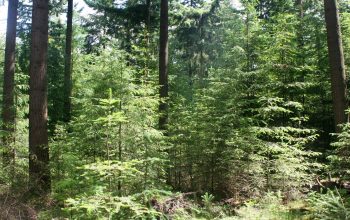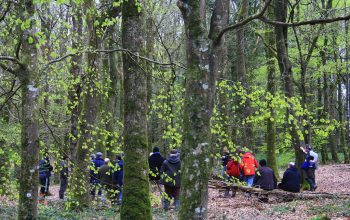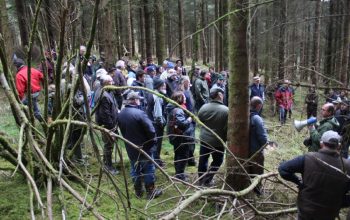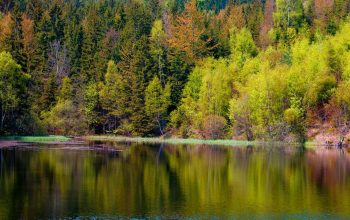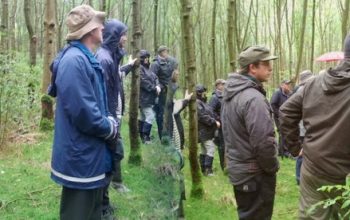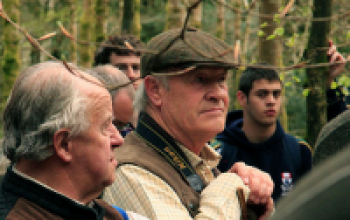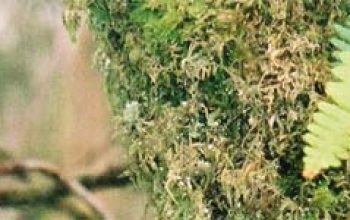Pro Silva Ireland’s breadth and depth of knowledge about Close-to-Nature continuous cover forestry practice is due to our members and our strong connections to best practice in Europe. Pro Silva Ireland member Ted Wilson, committed to advancing knowledge of CCF for Ireland. Ted is the 2nd doctoral forestry research student studying at UCD and wrote the following article to communicate Close-to-Nature continuous-cover forestry to a wider audience. Do feel free to share this article to people who may not know about the history of permanent forestry in Europe and how it is developing in Ireland.
Ted Wilson
UCD | Belfield | Dublin | 12 April 2018
A View from the Treetops
For a forester, there is nothing more mythical than the Black Forest of Germany. Located in the state of Baden-Wurttemberg, the Black Forest is an oblong-shaped mountain range that runs approximately 160 km north-south, and to the east of the River Rhine. Due to its rugged landscape and the relatively poor soils for agriculture, the area has retained much of woodland cover of broadleaves, fir and spruce.
For centuries the Black Forest has been a testing ground for much of what we now call sustainable forest management. Generations of foresters from all over the world have travelled to the region to see how forestry works, and to learn how communities live in harmony with their surrounding woodland ecosystems.
At Easter this year, I had the good fortune to visit the community-owned forest at the town of Bad Wildbad, in the northern Black Forest. The word “bad” in German means “bath”, which is a reference to the community’s status as a spa town. During the 19th century these spa towns became very popular get-away destinations for people suffering a range of ailments, such as tuberculosis and rheumatism. A popular “medicinal spa”, Bad Wildbad derived its wealth from the clean and mineral-rich springs that flowed from the mountains and fed the Enz river. While the waters offered healthy relaxation, the forests provided clean air, opportunities for vigorous exercise and soul-enriching connections with nature.
However, the forest is not just a pretty landscape and place for recreation. At Bad Wildbad, and throughout the Black Forest region, the forests have always been “working woods”. A diverse and productive forest industry is based here, and the quality of the timber being harvested is second to none. Black Forest cuckoo clocks are just one of the famous and traditional wood-based products that come from the area.
How do so many values of the forest co-exist in harmony with one another? This is what many foresters come here to learn. It clearly has a lot to do with the ecology of the forest, but more important it is about the techniques that local foresters have developed over many generations. On my trip, I was given a unique opportunity to learn about the forest from a completely new perspective …. from the treetops.
The latest visitor attraction to the region is a forest canopy walk, a baumwipfelpfad in German, which runs for 1.25 km and soars to 30 m above the forest floor, meandering through the tops of the trees. From here you can see the wonderful quality of the timber and feel enveloped by the deep, spreading crowns. You can watch the woodland birds busy building their nests, hear the woodpeckers rat-a- tatting in search of tasty grubs and wallow in breath-taking mountain vistas.


This type of forestry is what we call Continuous Cover Forestry, or Dauerwald in German. Because foresters here take their cue from natural processes of forest development, this approach is sometimes known as “close to nature” forestry. The great advantage of this management system is that a permanent forest is maintained on the hills-sides and mountain tops. There is no large-scale harvesting, no clearance of large patches of woodland, as is common in many other places. At Bad Wildbad, they know that clear-felling the forest would damage the landscape and run the risk of negative environmental impacts, not least to the quality of the water feeding the medicinal spas. So, continuous cover forestry is the way forward for ecological, social, economic and environmental reasons.


But the forests of the future must be about more than timber. Firstly, they must be resilient to the threats of climate change, and the pests and diseases that might be imported as a by-product of our globalised economy. Secondly, there are the many benefits of woodlands for biodiversity and conservation, for landscape, and for healthy recreation. Regulating water quantity and quality, storing carbon …. the list goes on. In short, our future forests need to be managed for multiple values and for the benefit of all.
My walk through the tree tops of the Black Forest was beyond mythical, it was a journey to learn about the possible! I gained insights to the light requirements of different tree species, about how crown development influences timber production, and how a forest can be managed to such an extent that it appears natural. I followed in the footsteps of many great foresters but was lucky enough to see the forest from a new perspective.
Looking out from my lab window at Belfield, I can see Ticknock Forest shrouding the slopes of the Dublin Mountains. It’s an inspiring scene. Although we do not quite appreciate it now, this is destined to be a continuous cover forest of the future. Here and there, natural gaps are showing signs of filling with naturally-regenerating seedlings. Applying new scientific understanding, including some of the findings of my research (I hope!), foresters here will soon be able to showcase a new vision for sustainable forestry, one that is resilient and provides visitors with a precious, close-to-nature woodland experience.
About the author:
Ted Wilson is Walsh Fellow in Silviculture with the Teagasc Forestry Development Department, Ashtown Research Centre, Dublin. He is registered for a PhD in continuous cover forestry at UCD School of Agriculture and Food Science. His project deals with the science and practice of transforming even- aged spruce plantations to continuous cover forests in Ireland.
You can follow Ted’s research on ResearchGate: https://www.researchgate.net/profile/Edward_Wilson5 Some of his presentations can also be viewed on Slideshare here
Ted can be seen sharing his knowledge with forestry students at UCD below



